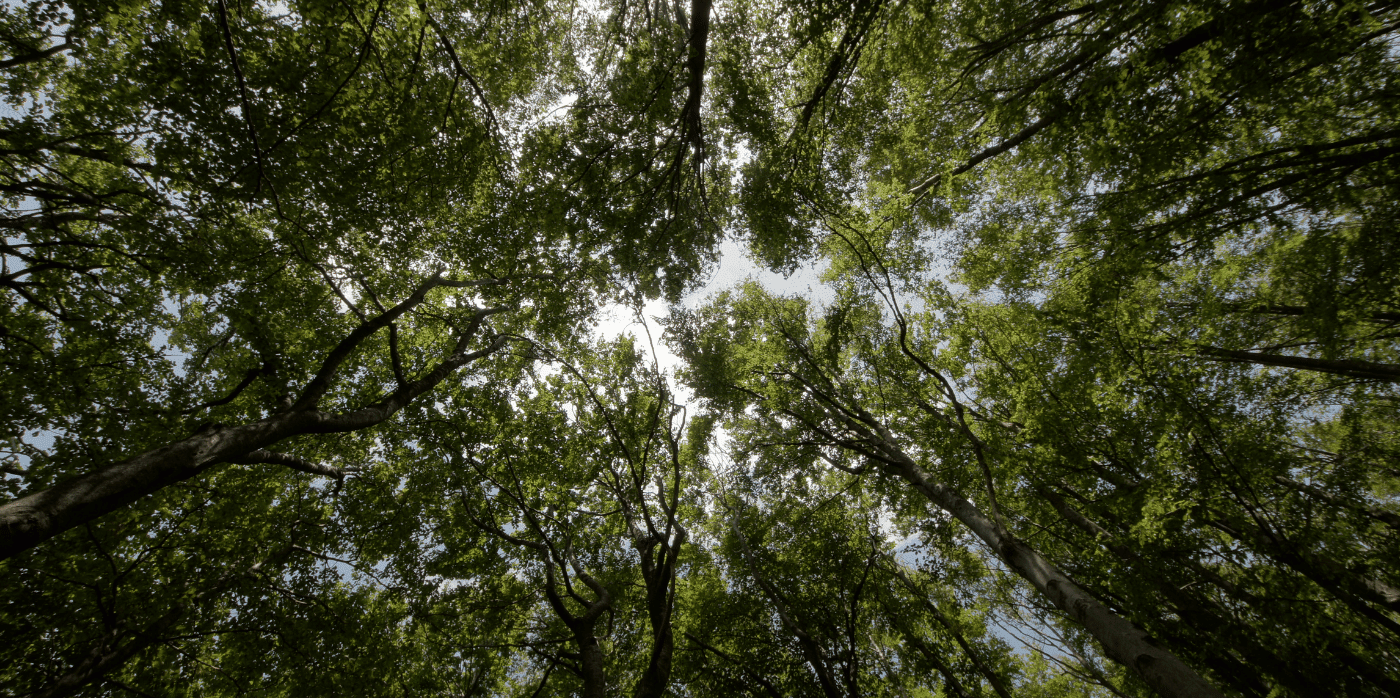
Spotted: In the last 10,000 years, the world has lost one-third of its tree cover, with the last 100 years seeing as much deforestation as the previous 9,000. As well as depleting essential carbon sinks, this tree-felling has also proven detrimental to the Earth’s natural biodiversity. New ways of mapping and interacting with our forests are necessary to keep track of, and hopefully begin to reverse, this environmental disaster.
This is where ArborMeta comes in – using a proprietary combination of LiDAR, algorithmic analysis, and software to analyse our world’s forests in unprecedented detail.
With this technology, the company can view the above-ground biomass of an area and in turn, quantify the sequestered carbon that is stored there – our forests being the largest store of living carbon in the world. LiDAR (light detecting and ranging) is a technology that relies on lasers to measure distances and then create high-resolution models of the area it has been used on, in this case, a forest.
The idea is relatively simple. The LiDAR sends out a laser and measures the amount of time it takes to return and then works out the distance through this time versus the speed of light. This process, carried out with many thousands of beams of light and over many different positions in a forest, produces a 3D map that is unmatched in its accuracy.
ArborMeta’s three-step process of terrestrial LiDAR collection, aerial and satellite data calibration, and then machine learning generation allows for essential environmental data to be collected and understood more easily and efficiently.
MRV (monitoring, reporting, and verification) is a process by which the success of environmental projects is recorded and ArborMeta’s technology helps to reduce the labour and cost of this without compromising accuracy – whether that’s for carbon stock assessments or tracking conservation efforts.
Our forests are precious, so it’s no surprise that innovators are developing creative ways to protect them. Springwise has also spotted these microforests that are returning degraded land to productivity as well as this new approach of valuing forests as ESG assets.
Written By: Archie Cox

